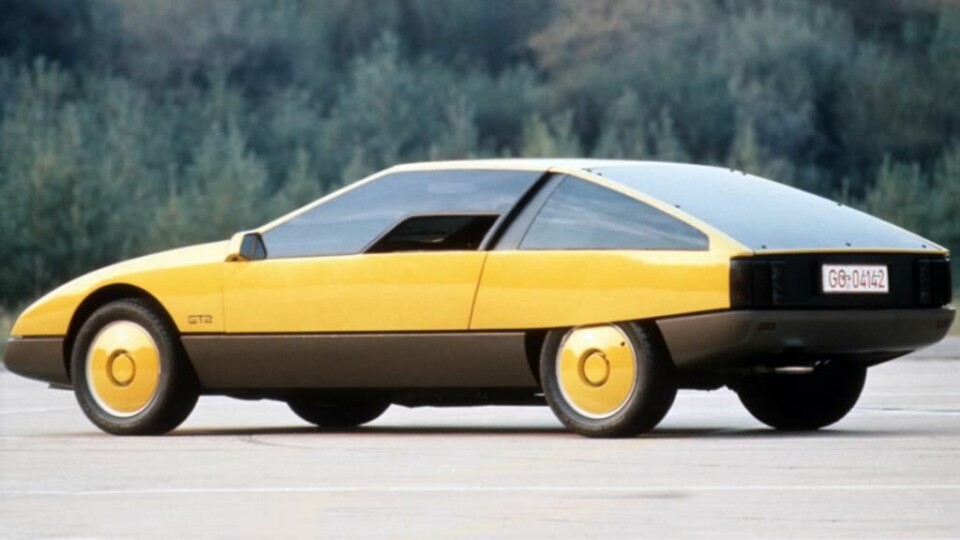
Concept Car of the Month: Opel GT2 (1975)
Opel’s crisp and geometric GT2 concept car was Jean-François Venet’s breakthrough project
Opel may not have had the best decade in the 2010s, with the falling fortunes of one corporate parent (GM) and the uncertainty of blending into the expanding family of a second one (PSA).
But, in previous decades, Opel was a powerful player in the European automotive market, riding the strength of General Motors’ resources and enjoying a large market share in Germany and beyond.
Those were good years as well for the Opel concept cars that appeared regularly at the IAA in Frankfurt and at other shows. This month’s concept car, the GT2, was one of the finest of those years – penned by an unknown young designer, who would later make his true mark at a manufacturer in his home country of France.
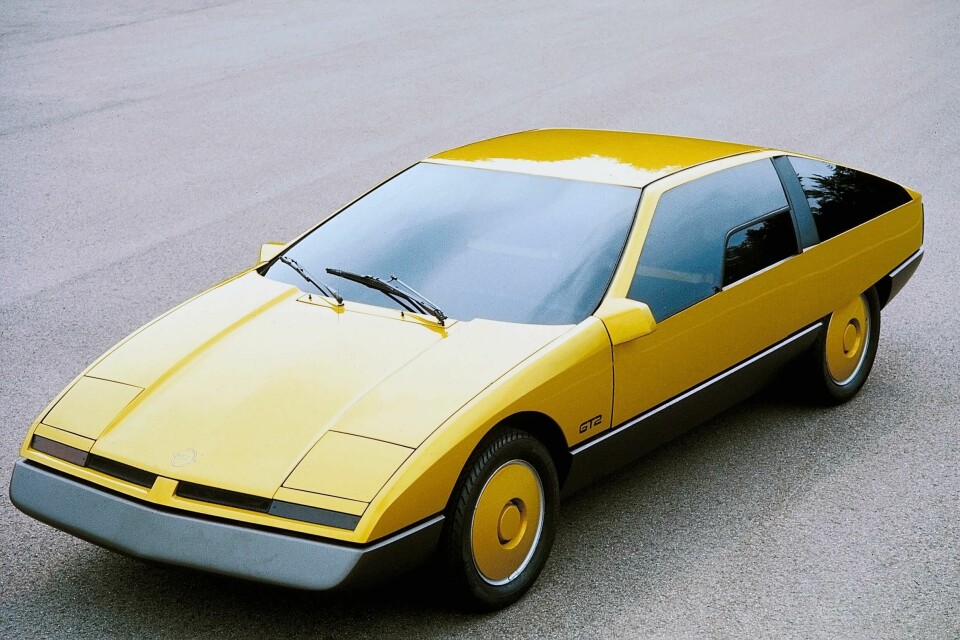
The GT2 was the continuation of a long series of experimental cars in the Opel GT programme, which began in America with work on the Corvette and Camaro and culminated in the Opel Experimental GT concept, an extremely well-received design prototype that would make it into production in 1968 as the Opel GT (an excellent, if lengthy, summary of the development of the GT is found here).
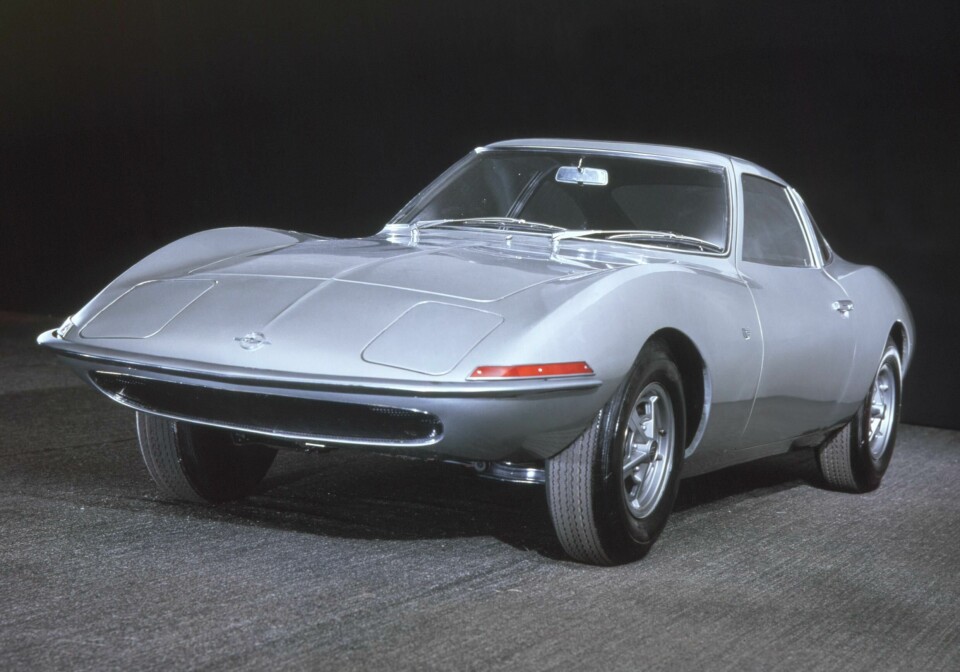
The Experimental GT was followed by the Opel Coupé Diplomat (CD) of 1969, a well-regarded futuristic GT coupé. There was considerable support for a production version, but it proved expensive to build in quantity and there were senior executives (read: Bill Mitchell) back in Detroit who didn’t want any GM car overshadowing the Corvette.
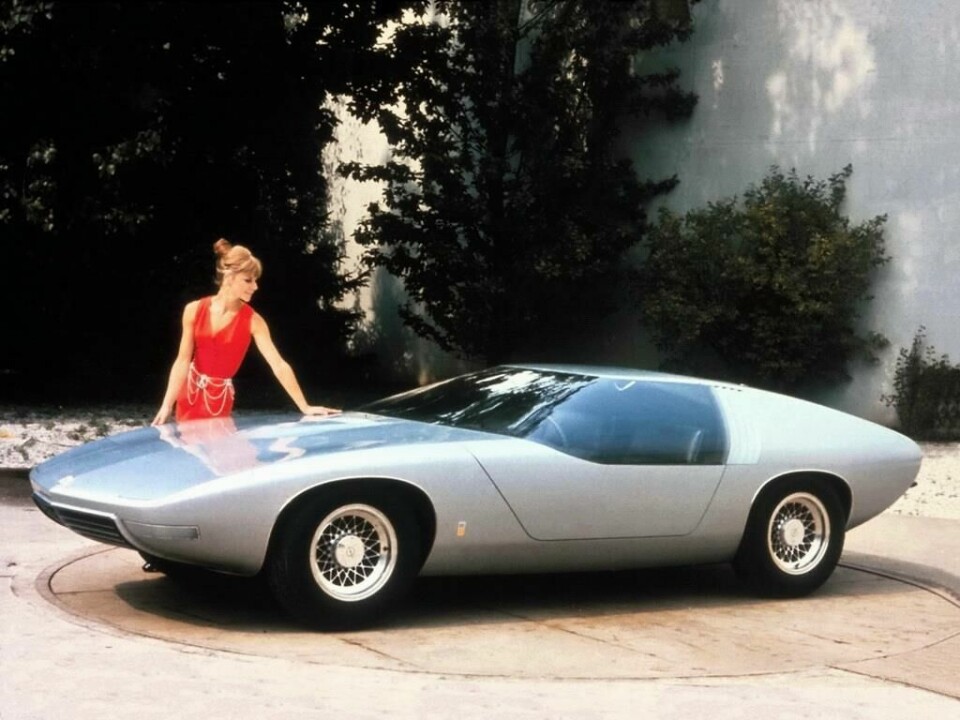
And so, the production GT soldiered on into the seventies, where it finally met its demise in 1973 during the oil crisis. But enthusiasm for the little coupé remained long after its cancellation and there were those at Opel who wished the GT program to be revived.
After getting approval from Opel and GM leadership, the studio in Russelsheim began work on a new GT project. A design penned by the then unknown Jean-François Venet was chosen for development. Venet, a young designer from France, had no formal automotive design schooling but had shown plenty of promise and had worked diligently at number of GM studios for the previous five years. The GT2 would prove to be his breakthrough project.
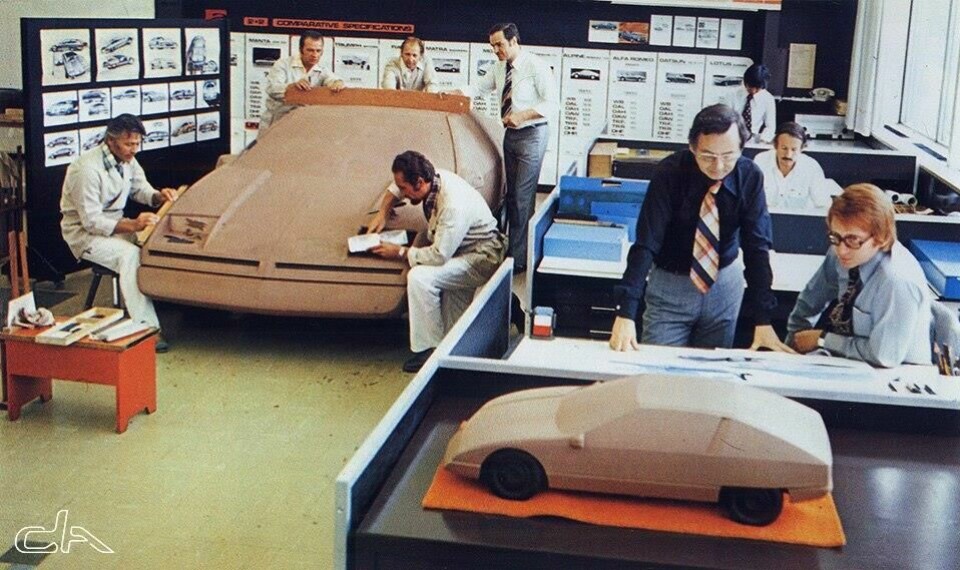
(image via Car Design Archives)
The GT2 expanded on the spirit of the original GT, but with a radical new design that reflected the crisp, geometric wedge trends of the 1970s. Gone were the swoopy Corvette-style curves of the original prototype or the production car. Something completely new was proposed: a dramatic 2+2 wedge of a coupé with a sharp nose, slab sides and flush-mounted glass that added to the sleek profile and graphics. It was as crisp and geometric as the original was curvaceous.
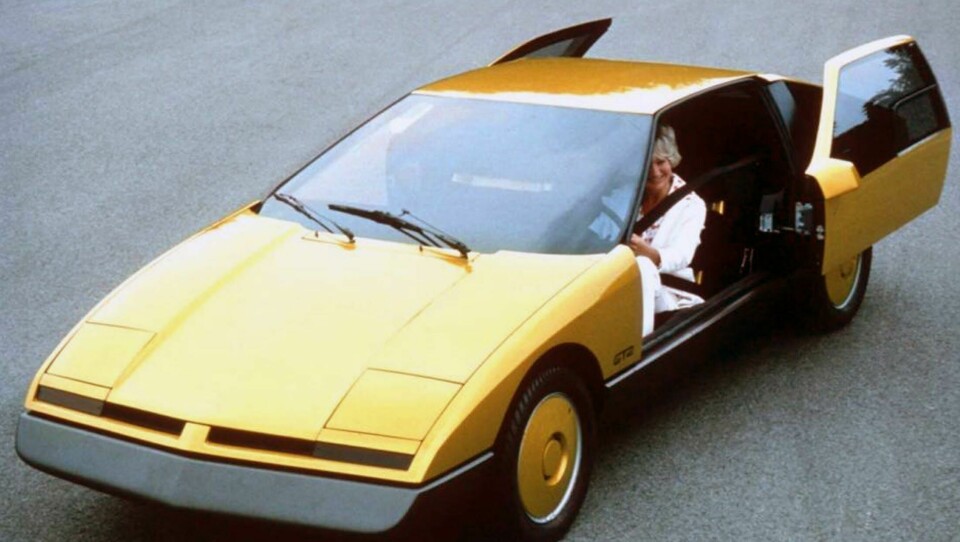
Many who saw it on the stand at the 1975 IAA in Frankfurt could not help but draw a comparison to the Mercedes C-111 series of prototypes. The cars looked similar in profile; the rapidly dropping hood and sharp nose, minimal surfacing, and the high sill at the doors all suggested a strong Mercedes influence.
To be fair, wedge designs had been floating around GM studios for years on both sides of the Atlantic. A look into GM archives reveals wedge-shaped concepts from experiments in the International Studio in Detroit, Wayne Cherry’s Vauxhall Studio in England and Opel’s own studio in Russelsheim.
Plus of course, in the back of everyone’s mind at Opel, and everywhere else, was the magnificent wedge-shaped concepts of the Italian carrozzeria.
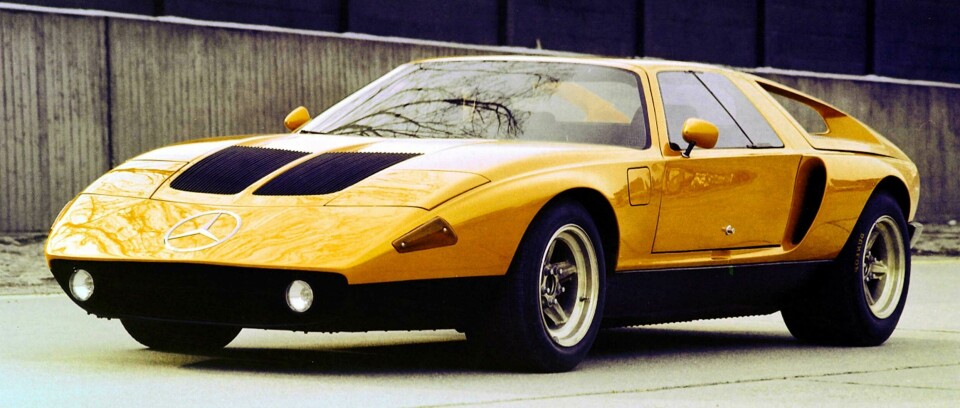
The GT2, like its predecessors, did its time in the wind tunnel. It had a drag coefficient of 0.326. That was a fairly advanced number then, especially in the era before advanced computer analytics got involved in aerodynamic design.
The doors got special treatment, too. The high sill at the door suggested gullwings but, in fact, the door were sliders, and moved along the side of the car and over the rear wheels – all without rails, a feat of engineering in itself. The opening mechanism was located in the mirrors at the base of the A-pillar. The rear hatch was a frameless slab of glass, also almost unheard-of at the time.
The radical wedge shape suggested a custom undercarriage, but the GT2 was built on a lightly modified Manta/Ascona B platform, with a 1.9 litre 4-cylinder OHC engine placed up front (despite the steep drop of the hood).
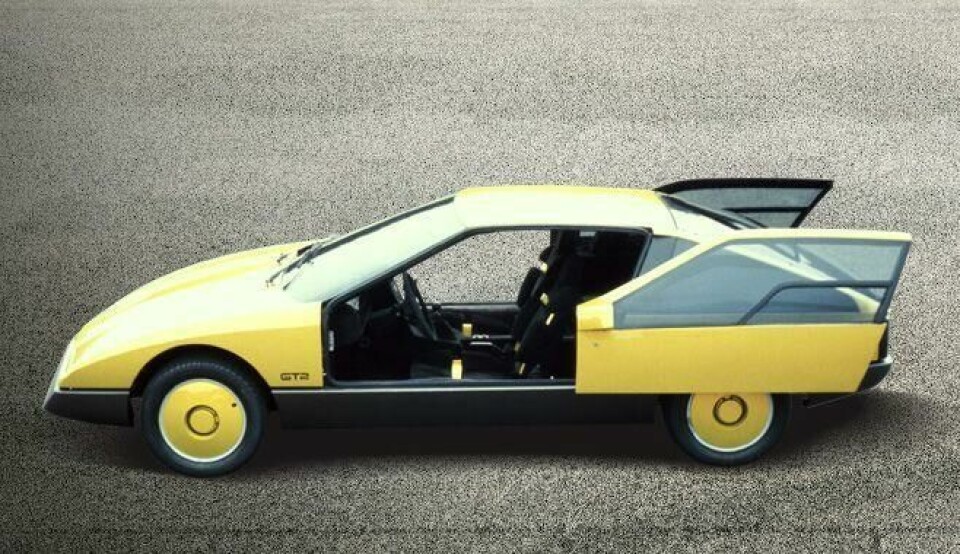
In the interior, one stepped over the high sill to meet an ocean of velour that ran across the seats, over the IP and lined the hatch/cargo area. The seat cushions were broken into geometric modular pads. Modular elements could be placed or removed at the IP as well. The instrumentation was digital, one of the first applications of what would become a trend in the 1980s. There was also a small on-board computer to enhance the science fiction fun in the cockpit.
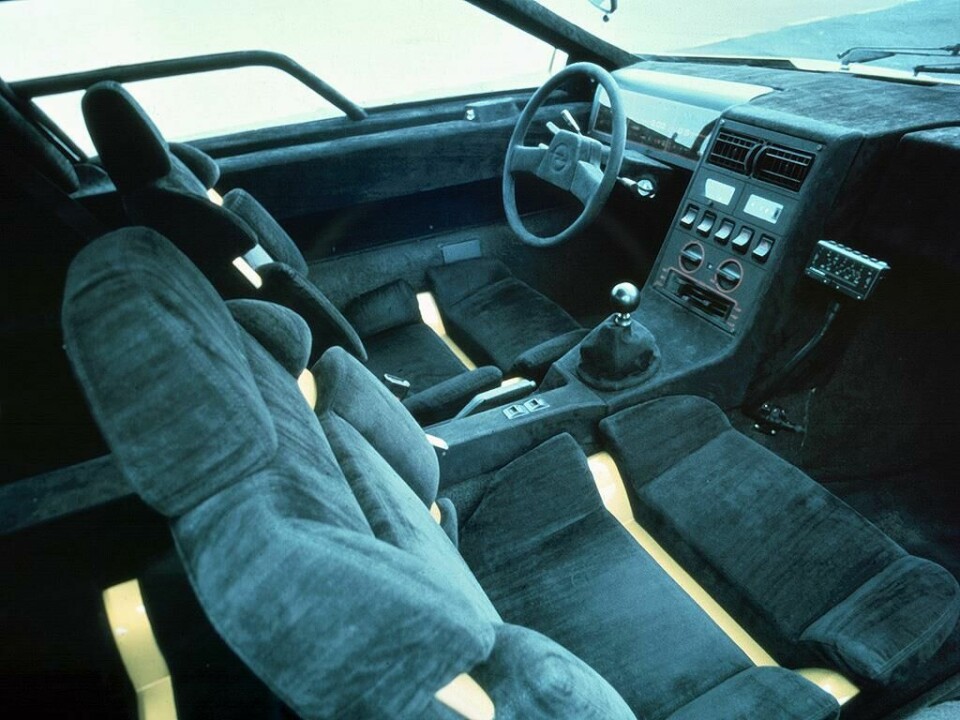
The GT2 was never meant for production; it was an exploration of possibilities. No doubt some of its unique features, the sliding doors and the frameless, flush glazing, were not ready for the rough-and-tumble life of a production vehicle.
The GT2 made the rounds on the motor show circuit and was then retired. It can now be seen at the German Transport Museum in Munich.
The production vehicle that may have captured its spirit the best was the Opel/Vauxhall Calibra, developed by Wayne Cherry’s team in the 1980s. When it came to production in 1989, its vaguely wedge-shape coupé design was far tamer than the GT2, and yet proved enormously popular in many markets in Europe and beyond.
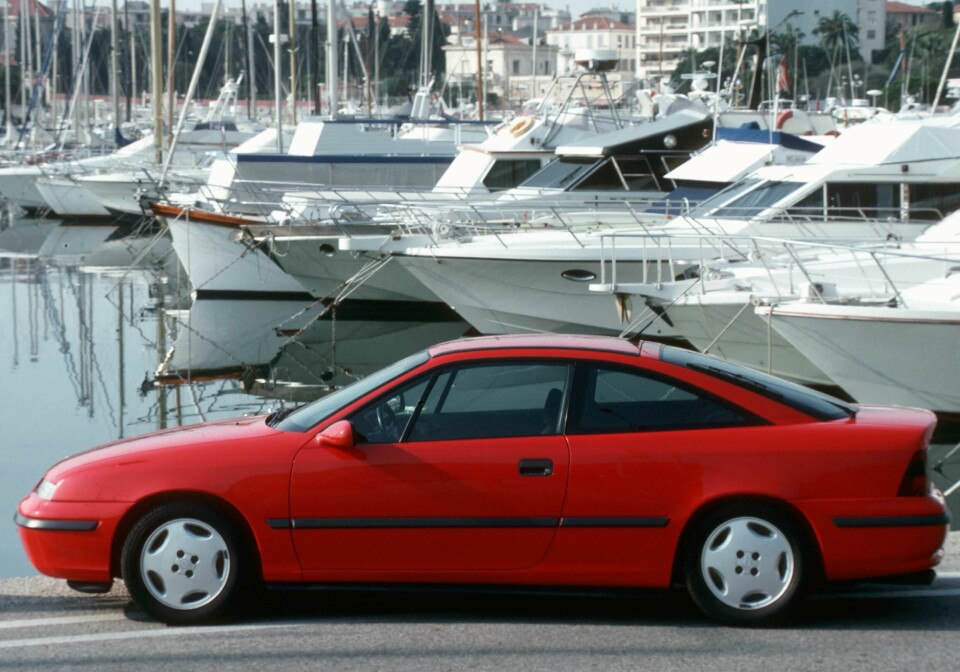
(Interesting fact: The GT2, which boasted of advanced aerodynamics, paled in comparison to the Calibra, which boasted a Cd of 0.26 and showed what a decade of wind tunnel work can do for a car).
Jean-François Venet later left GM for Renault in 1977 and went on to work for three decades at a variety of design positions at Renault, Dacia, and Renault Commercial Vehicles. He worked on the design or management team for a host of well-regarded and award-winning projects including the Argus, the Laguna, the Initiale, the Avantime, the Vel Satis and many others.
Venet retired from Renault in 2006, and died in 2015 (a CDN remembrance is here). He managed to dispatch a design emissary to the future, however: his daughter, Celine Venet, is a Senior Project Designer for Citroën.
Quite a legacy, indeed.




